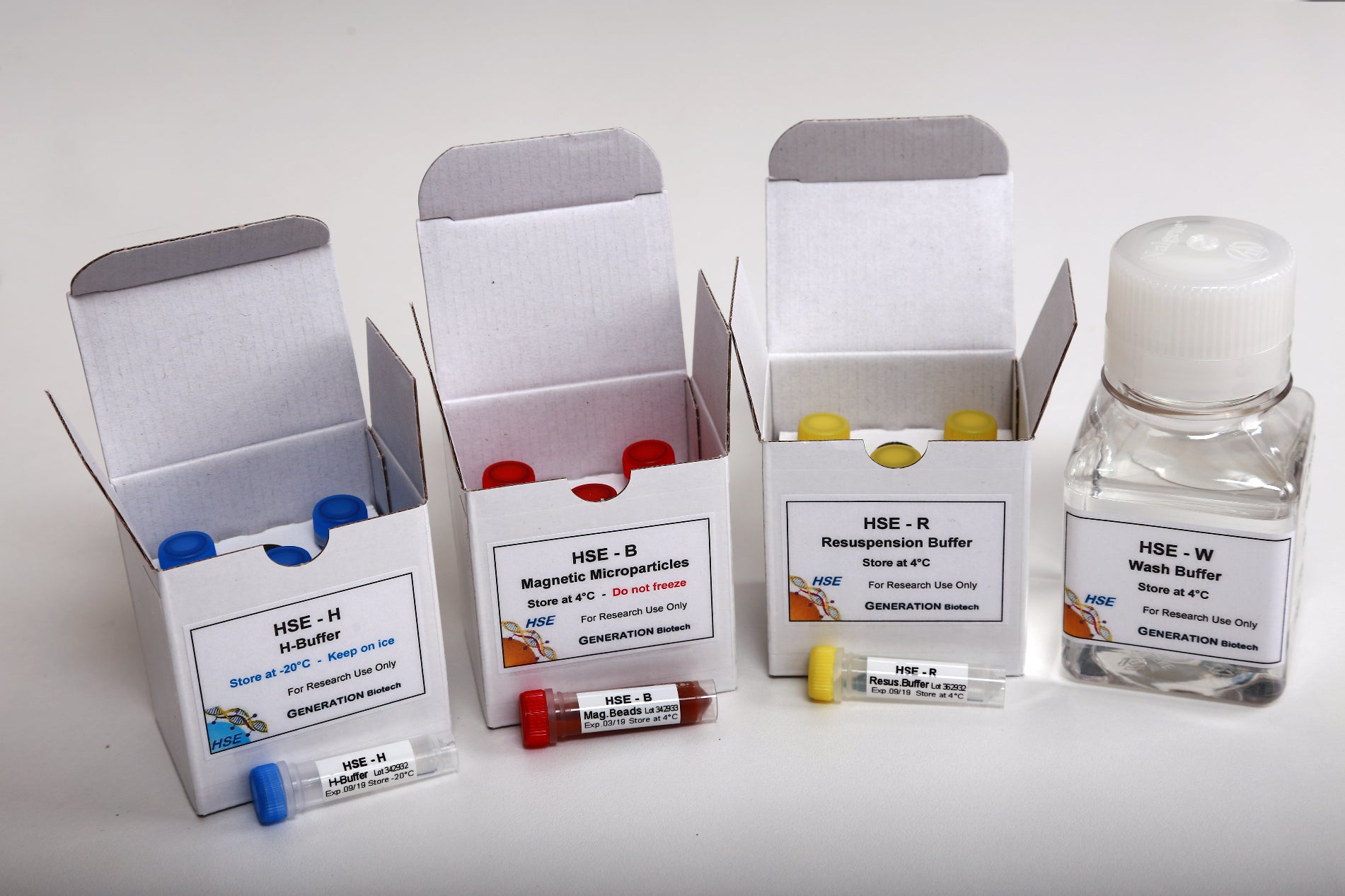Extend the Reach of Genomic Research
- Fast (1 hour) magnetic bead capture protocol
- Very small (15-25) target footprint required
- Simple & inexpensive capture primer design
Region-Specific Extraction (RSE) is the Next-Generation Target Capture Technology for Long-Read Sequencing of complex genomic regions. RSE greatly extends the benefits of long-read sequencing by allowing researchers and healthcare professionals to process only those regions of a sample that are of interest, while maintaining the molecular integrity of the targeted DNA segments.
By enriching large regions of interest with high efficiency, the overall input material can be greatly reduced, resulting in more efficient sequencing runs, faster turnaround time, higher throughput, simplified and faster bioinformatic analysis, and higher accuracy of results even for highly complex regions.
Long-read sequencing, which was named the “Method of the Year 2022” in genomics *, has made it possible to accomplish goals that were previously impossible.
“Long reads have buoyed numerous findings in individual labs. In larger ventures, among the celebrated achievements are those in the Vertebrate Genomes Project (VGP) and the Telomere-to-Telomere Consortium (T2T). A set of papers and news features related to the T2T Consortium can be found as a Nature Collection online. During the T2T project, … the longest read … had one million base pairs. Long-read sequencing is being used by the Human Pangenome Reference Consortium (HPRC).”
The use of long-read sequencing in medical diagnostics has proven valuable even with a whole-genome (WGS) approach, which currently requires considerably more time and cost than short-read sequencing. Target enrichment panels can greatly increase the benefits of long reads, but most commonly used methods do not work well for the selective isolation large (5kb+) targets.
* Marx, V. Method of the year: long-read sequencing. Nat Methods 20, 6–11 (2023). https://doi.org/10.1038/s41592-022-01730-w
This is where RSE can make a big difference:
- 10-100x fewer ‘baits’ (capture primers) than other methods
- no oligo modifications required
- complex, GC-rich regions resolved with uniform coverage
- unknown linked sequence identified
- targeted de-novo NGS - 10-100x better than WGS
- structural variants resolved
- isolation of telomeric DNA
- gaps closed for completion of new reference genomes
- break points, insertions, CRISPR off-target edits
- novel variants associated with specific SNPs
(see Haplotype-Specific Extraction, HSE)
RSE is built on a rapid and flexible protocol that is easily integrated with manual or automated workflows. Contact us for more information on how RSE can help with your long-read project goals.
Applications

Region Specific Extraction (RSE)
RSE enriches specific gene regions to resolve sequencing and genotyping difficulties.

Haplotype Specific Extraction (HSE)
HSE is used to determine long range haplotypes in tissue typing and disease association studies. HSE separation primers can be designed for any polymorphic site, including single nucleotide polymorphisms.

All our products are strictly for Research use Only (RUO). Not for use in any diagnostic procedure - assays are not FDA approved. Kits are for internal testing by qualified laboratories.




